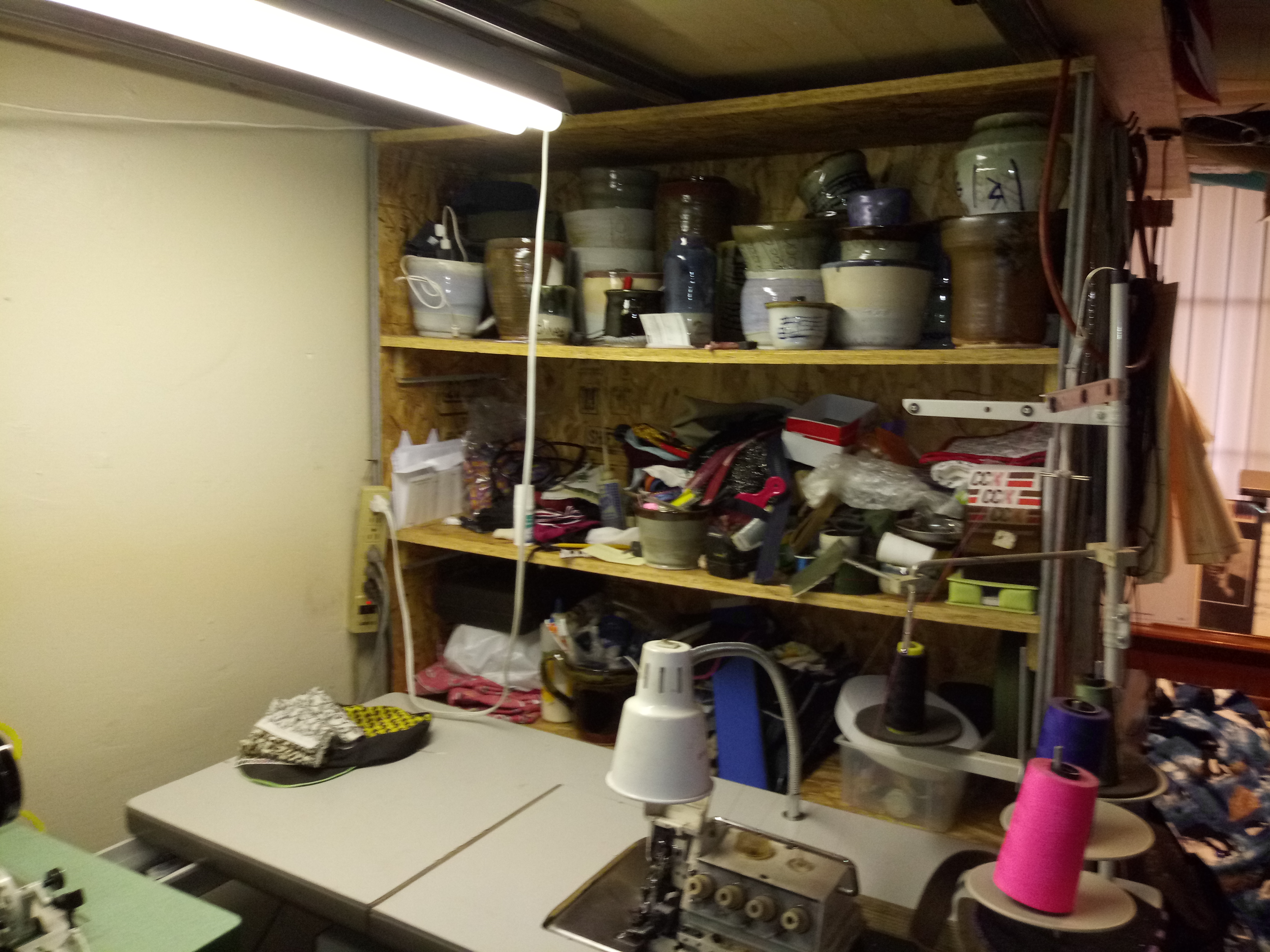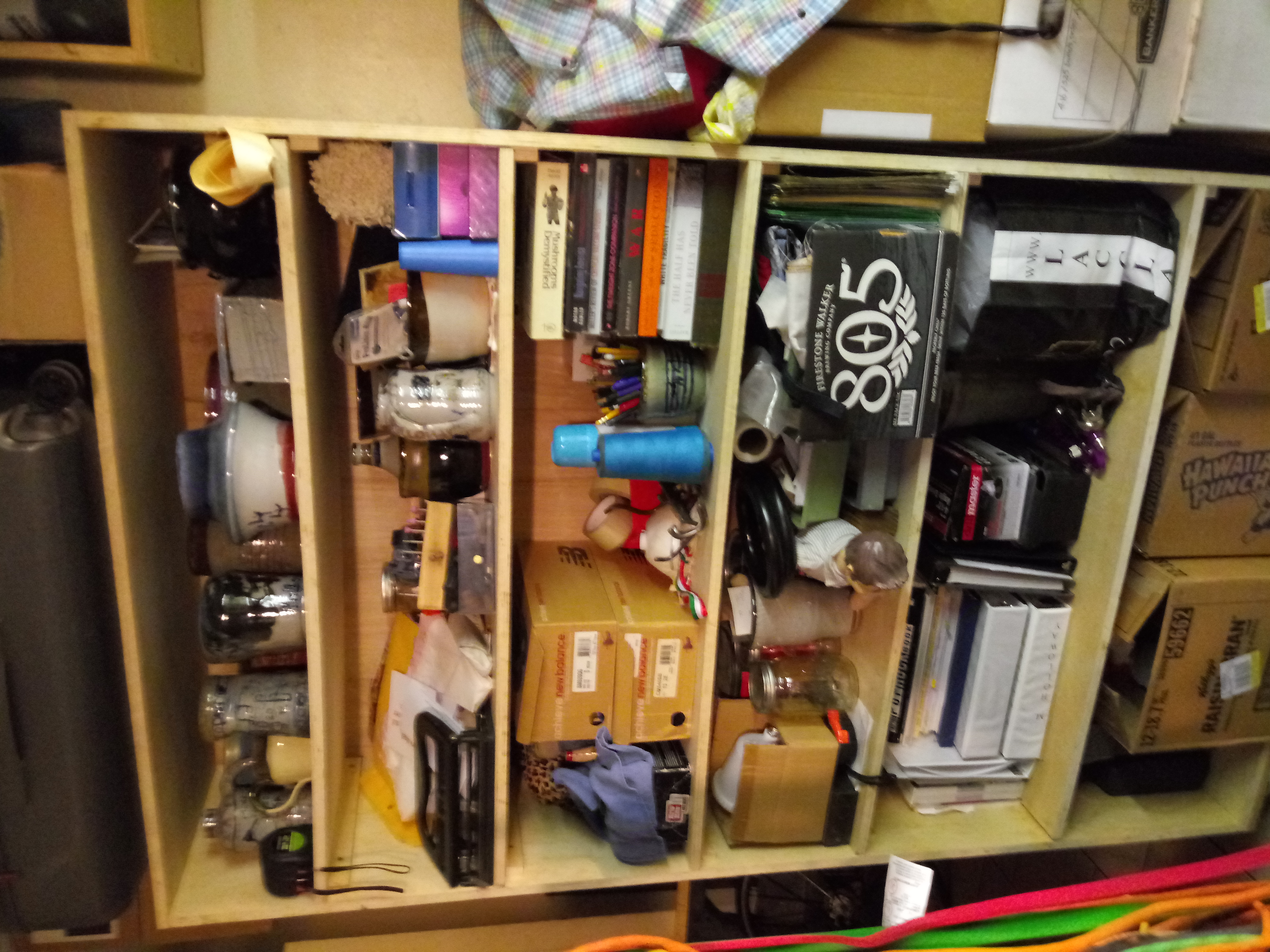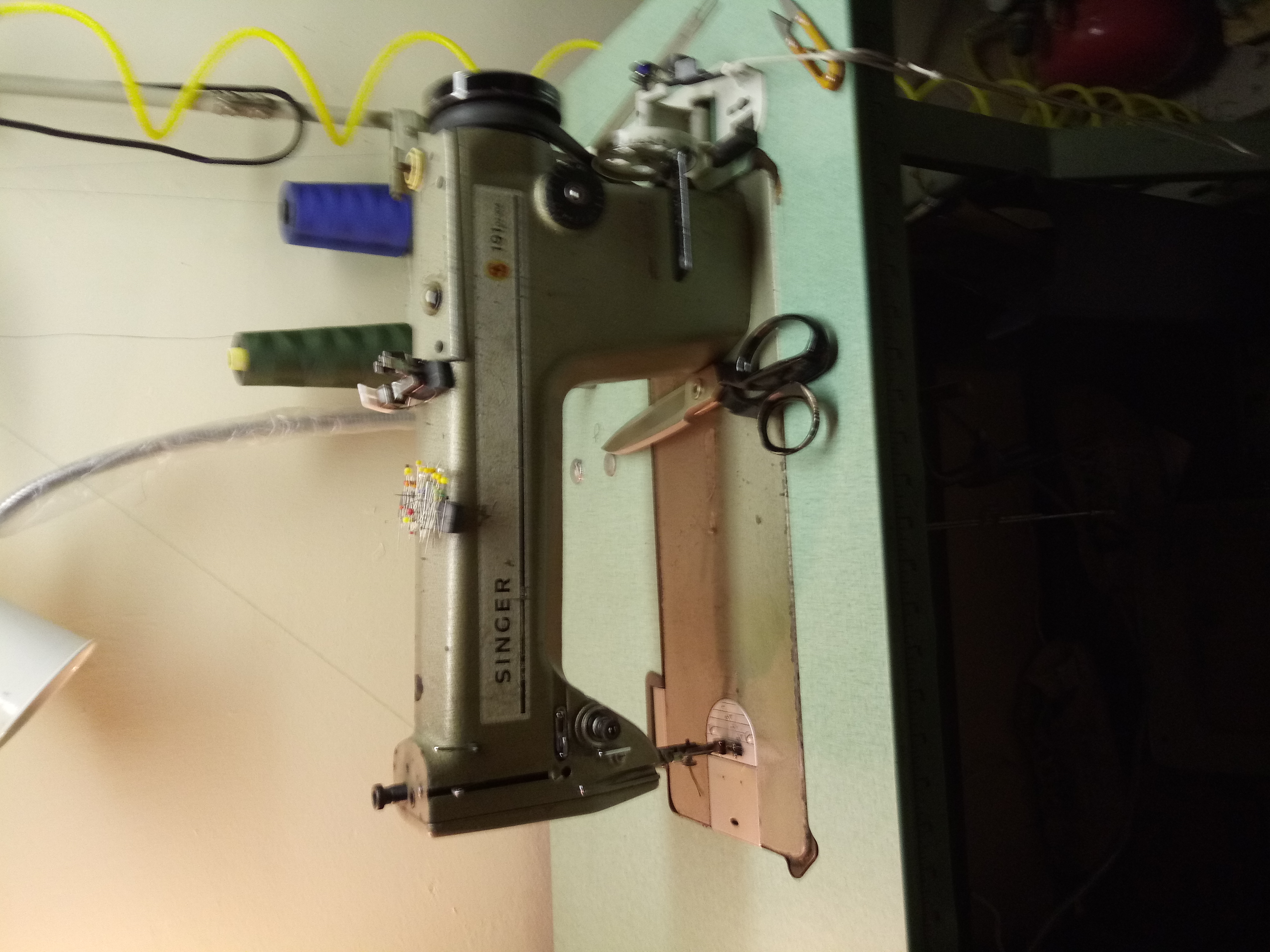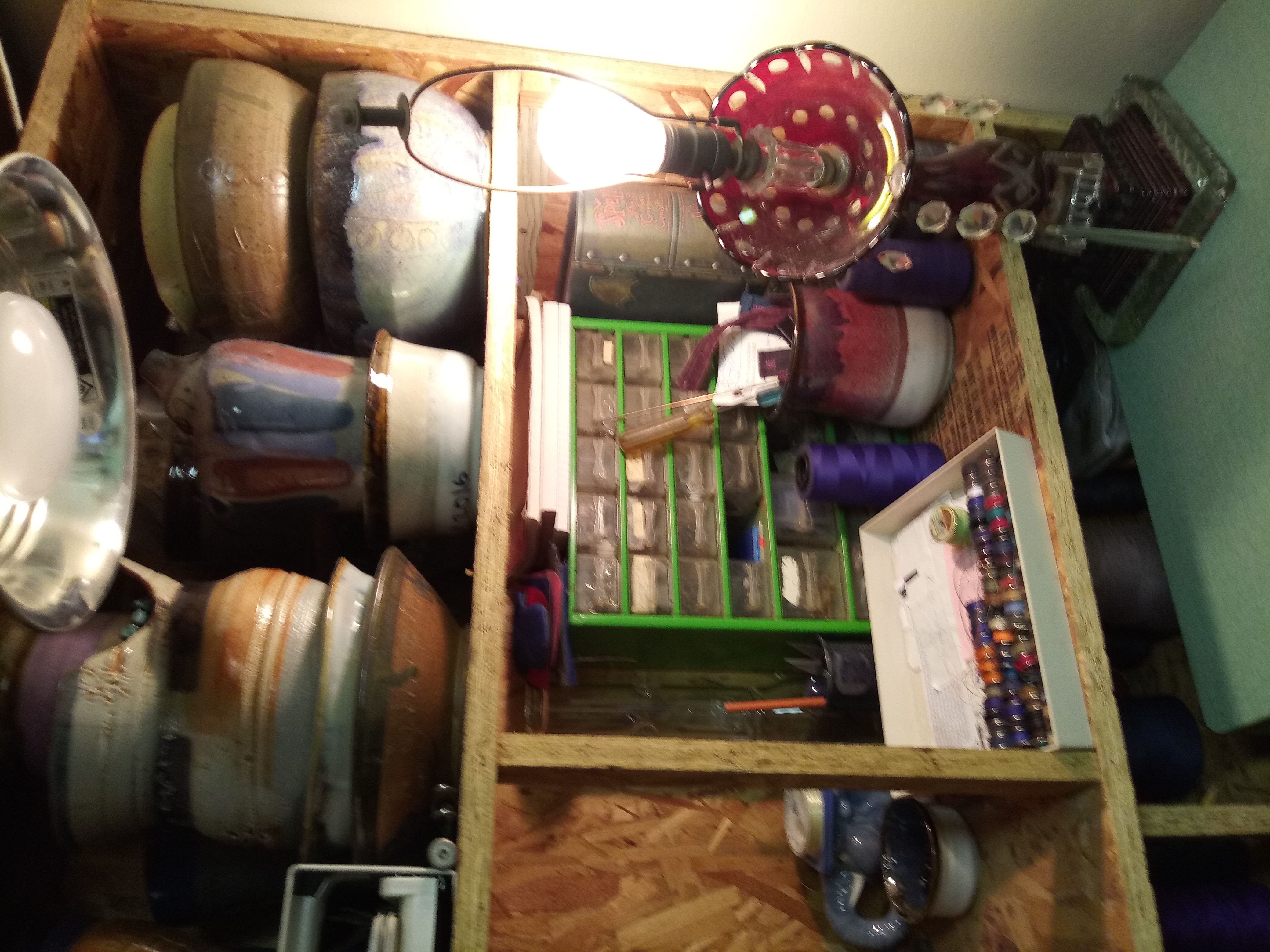
Opulent, Luxuriant, Plush, plus Rich!
Now; "That's What I am Talking About"
The Texture and Feel of the Fabrics: So Awesome; So Suave!
Choosing the right fabric for the project is an art within itself. One of my earlist mistakes was using the wrong fabric for the garment I was making. In situations like these, what is important is to use your inate sense of style and choose the fabric based on how they should be used. As an example, if you have a stretch knit fabric, you will want to make pullover tops and elastic pull up bottoms.
In contrast, if you are sewing a woven or some other non-stretch fabric, you will, in many cases, need to add a zipper, or buttons, or some other way of securing the garment so that it stays on your body. One advantage to sewing stretch fabrics is that you can make the whole garment except for hemming on the overlock. The average t-shirt I make takes me about 25 minutes to make it including cutting it out.
It's only 5 pieces to sew.

When I first started sewing. I spent the majority of my time shopping for inexpensive but exotic fabrics and starting projects by thte hundreds. Perhaps that was how I justified spending so much money on fabrics but hardly any finished product for my enormous weekly fabric cash outlays.
It was only years later that I would really begin to understand how to properly use and mix the various fabrics and designing accoutrements. Different fabrics types have their unique sewability idiosyncracies. It is of paramount importance to meld into the fabrics as sewing at the speed of the machine.

Choosing the Right Fabric for the Design
Splurge:Go for the Gusto!
"Your Only Boundries: Are the One's You Set"

Sewing was a bit frustrating for me to learn because I had to figure it out as I went. Fortunately Yuki Nagano and LATTC taught me Extremely well. if you follow my videos and practice the exercises you will improve in rapid time. Plus I will explain it so easily that you will definitely comprehend the procedurea quickly. Just understandthat Sewing is quite easy because you do the same thing over and over. I tell my students that you only need to know two thing to learn how to sew.
They are 1. you need to know what to do when something goes wrong with the machine, such as changing a broken needle, winding a bobbin, or changing the presser foot. And 2. you need to know eash sewing operation for memory such as setting a sleeve, putting a zipper in, or overlocking elastic to a waste band. In hthe mind of the always chaotic, always messy sewing factory, you will notice the attention to detail at how neatly my bobbins are organized for use with my single needle machine.

Today, I make almost anything and out of almost any type of fabric. In addition to sewing leather, I have been know to incorporate wood, metal and even jewelry and stones into some of my pieces and garments. I started sewing when I was 31, but honestly, I have been making things ever since I was 6-years-old when I learned how to do crafts at the Souther Area Boy's Club under the expert instruction of Mr. Hayes(I can't remember his first name, if I ever knew it. Wwhat do you remember at 6 whe you are 65.
